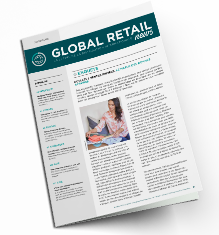2025: The Great Leap Forward for Electronic Payments

European banks want to promote alternatives to American or Chinese payment solutions
To counter the spread of a global virus that is both active and unpredictable, contactless technology is a “must have” solution within the Covid-19 crisis. Bringing a bank card close to the payment terminal (Near Field Contact technology) is now very familiar to millions of consumers around the world, whether to pay for bread, meals or shopping. One figure demonstrates this explosion. The influential Bank for International Settlements indicates that the share of contactless in all card transactions rose from around 30% in September 2019 to more than 65% at the beginning of June 2019. Deployment spread across the 10 main members of the institution (USA, Germany, France, Belgium, Great Britain, Italy, Japan, Switzerland, etc.). “Retailers have implemented remote payment solutions such as pay by link, which sends a link to the consumer by text or email to obtain their digital agreement,” explains Jean-Michel Chanavas, C.E.O. of Mercatel, a think-tank of French banks and companies from the retail, hotel and restaurant sectors.
Despite the rise of both electronic and contactless payments, security is at the heart of current thinking about payment methods, particularly as fraud is on the rise in e-commerce. It is one of the major thrusts of the E.U. PSD2 (Payment Services Directive 2), which is due to come into force on January 1st, 2021. However, Covid-19 dramatically changed the political status quo. The European Commission used to promote competition and low prices to protect consumers but has now adopted a different approach: one that advocates a solution controlled by European sovereignty.





